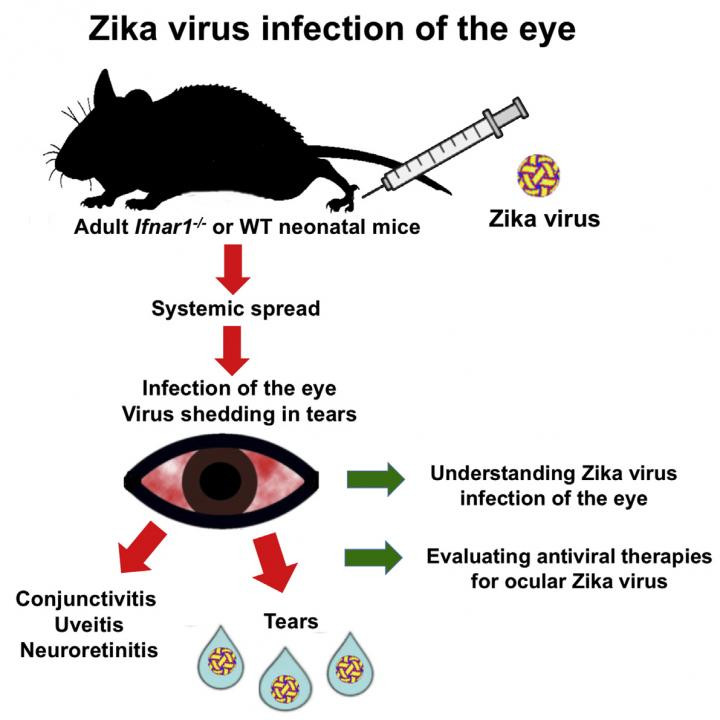Tears shed by Zika patients could cause transmission of virus
Scientist warn of a time when tears could be highly infectious and spread Zika further.
Zika could be transmitted by the human tears of people infected with the virus. In experiments on mice, researchers discovered that eyes appear to act as reservoirs for the Zika virus – potentially explaining why some people develop an eye condition that can result in blindness.
The current Zika outbreak began in Brazil in 2015. In May, 2016, the World Health Organisation announced 60 countries and territories continue to report cases. While symptoms in adults are mild, it can result in severe birth defects in children. Understanding how the virus is transmitted and what its long term effects are has become a focus for scientists across the globe.
It is known that around 10-15% of humans with the virus develop the eye diseases uveitis and conjunctivitis. Furthermore, around a third of babies infected while in the womb are born with eye disease, including inflammation of the optic nerve and retinal damage.
Researchers from Washington University School of Medicine have now found genetic material from the Zika virus in the tears of mice. Published in Cell Reports, the team infected adult mice under the skin and then tested their eyes seven days later.

Their findings showed mice tears contained genetic material from the virus (RNA) a week after infection – although the tears were not infectious. Zika was found to infect the iris, cornea, retina and optic nerve. Viral RNA from inside a mouse eye, seven days after infection, was also found to cause symptoms when injected into another rodent – increasing the possibility the virus could be transmitted through tears.
Read more: Tens of thousands of babies with Zika birth defects will be born before current outbreak ends
Jonathan J Miner, lead author of the study, added: "Even though we didn't find live virus in mouse tears, that doesn't mean that it couldn't be infectious in humans. There could be a window of time when tears are highly infectious and people are coming in contact with it and able to spread it."

How the virus gets into the eyes is not known, and researchers say further work will be required to understand how Zika infects the eyes. "Our study suggests that the eye could be a reservoir for Zika virus," said senior author Michael S. Diamond. "We need to consider whether people with Zika have infectious virus in their eyes and how long it actually persists."
Zika transmission routes other than mosquitos are currently being investigated – scientists already know it can be passed on through sex. The latest findings suggest there are more avenues through which the virus can be passed. "The Zika epidemic has been very explosive, more explosive than we can account for by just mosquitoes and the level of Zika virus in human blood. Some other factor may be at play," Diamond said. "Sexual transmission is probably not playing a major role, but it could be some other bodily fluid – saliva, or urine or tears."
© Copyright IBTimes 2025. All rights reserved.






















